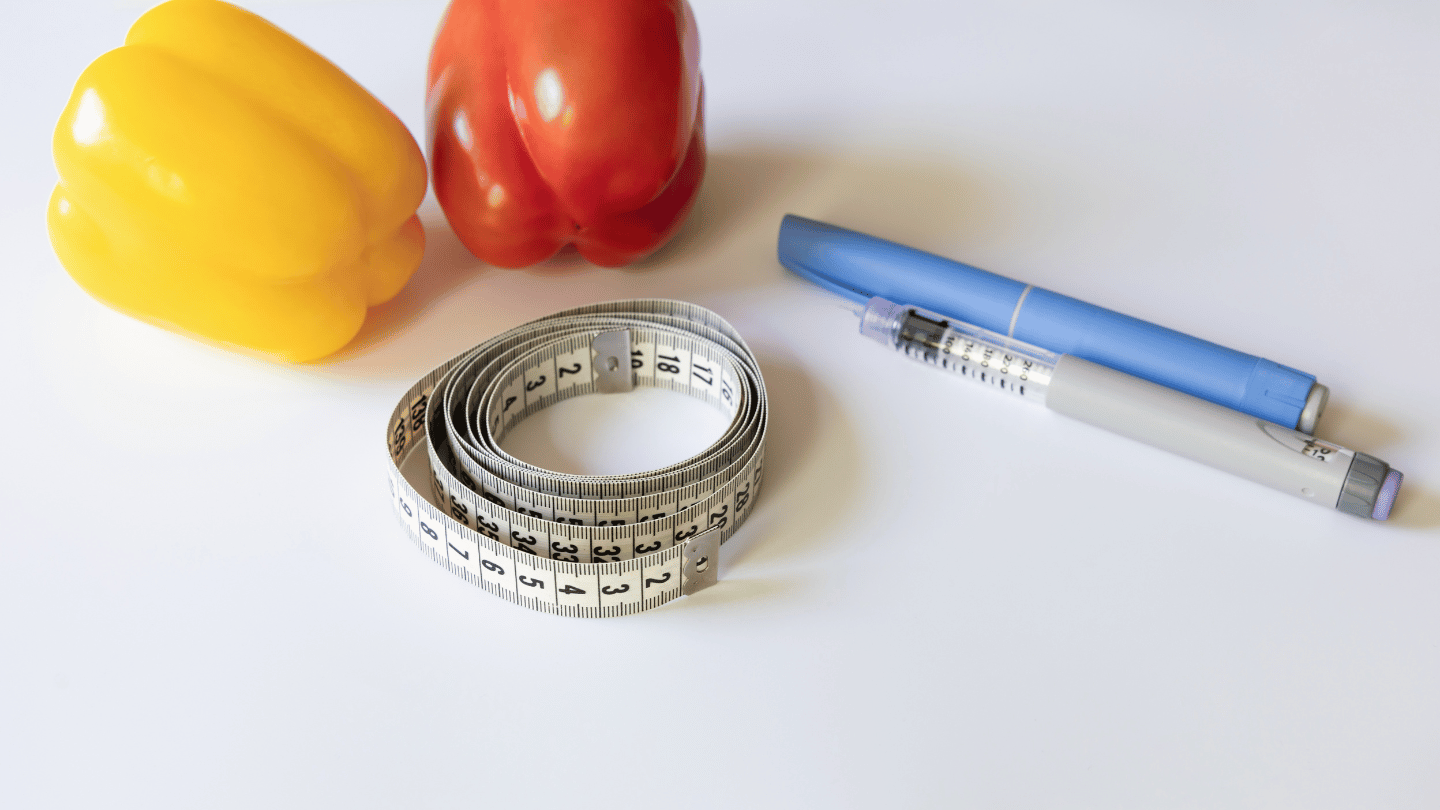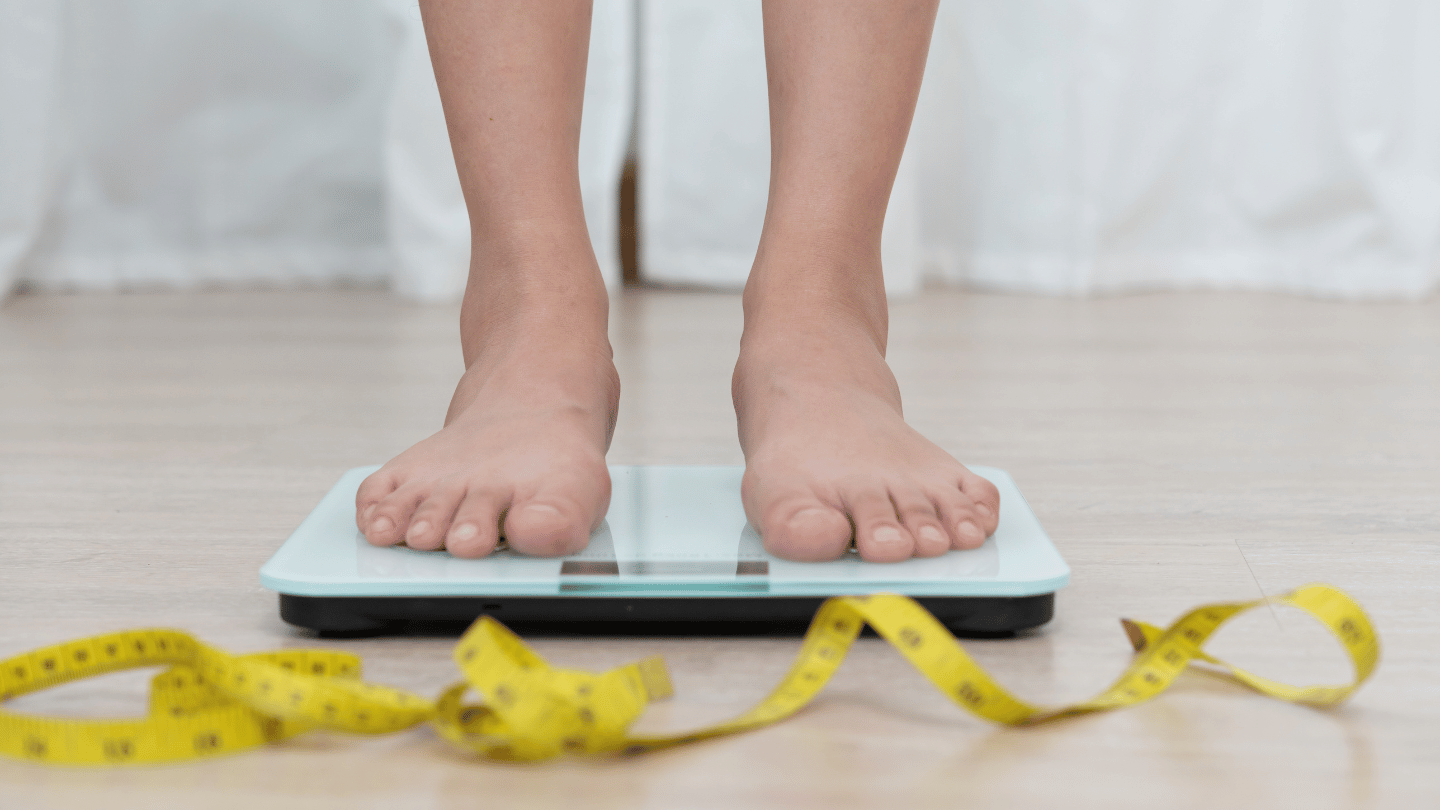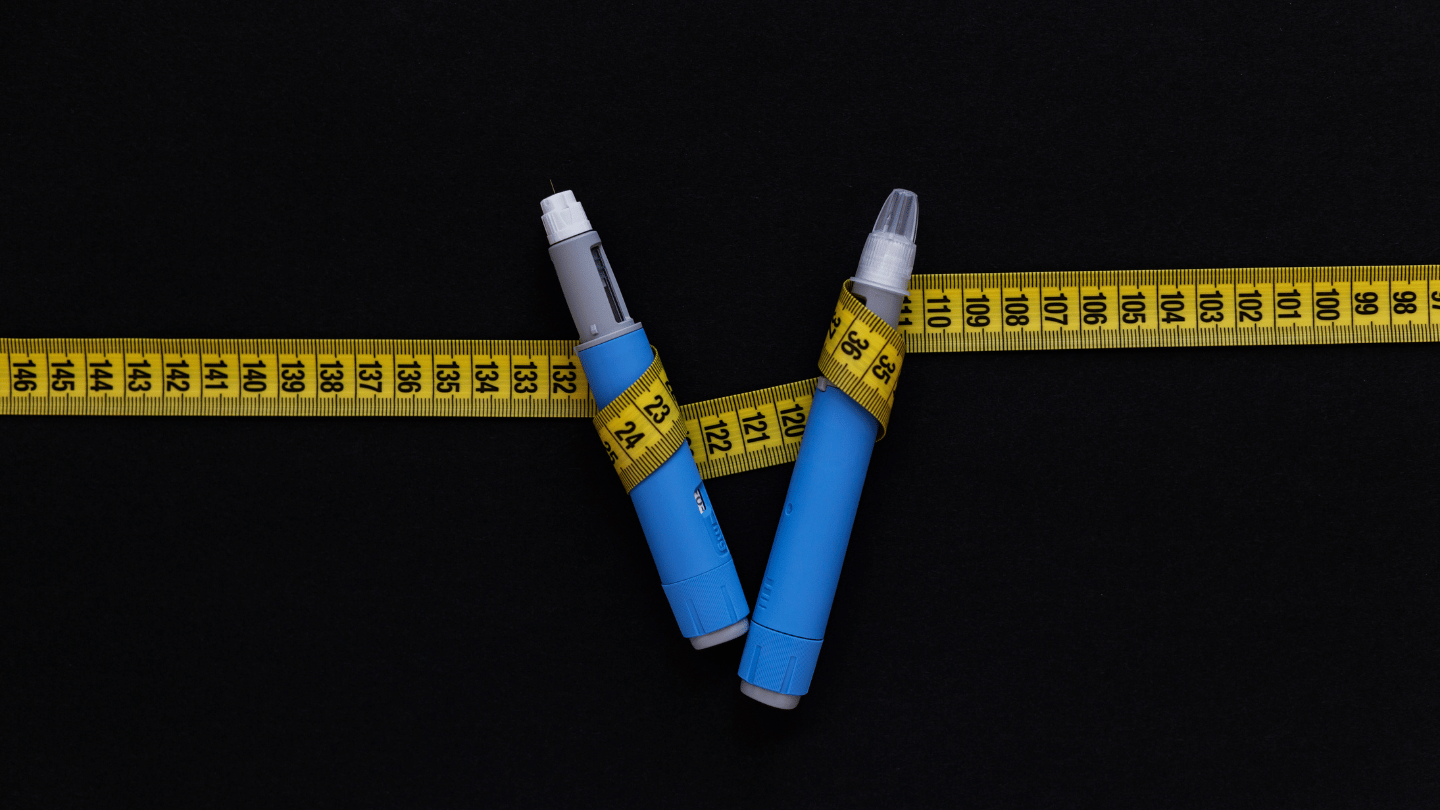Many MOUD patients express concerns about being judged by others for using Suboxone (buprenorphine/naloxone) to help overcome their opioid use disorder. And many other patients experience this stigma but stay silent about it. Perhaps the most dangerous outcome of the stigma around MOUD treatment is that it discourages people from seeking help and keeps them from using the method that works best for them.
To overcome the stigma of using medication for opioid use disorder (MOUD)—formerly known as medication-assisted treatment (MAT)—we all need to understand why this stigma exists, learn to take back control when stigmas arise, and know the facts about MOUD so we can all help others better understand it.
The stigma of opioid use disorder and MOUD
Opioid use disorder (OUD), just like any neuropsychiatric disorder, carries a stigma. Unfortunately, some people judge patients with this problem, and on top of this, rather than giving patients credit for getting help, they judge them for entering a MOUD treatment program instead of choosing the route of abstinence.
Despite convincing evidence that MOUD is an effective and safe way to treat opioid use disorder, many individuals—including some physicians—stigmatize people who use MOUD to overcome addiction.
Certain organizations also deter people from seeking MOUD treatment. Patients entering any 12-step program or support group should work with sponsors or advisors who understand how buprenorphine works and will be accommodating and supportive of its proper use.
Where does MOUD stigma come from?
Researchers Yngvild Olsen and Joshua Sharfstein cite four factors that contribute to the stigma around opioid use disorder and its treatment:
- Opioid use disorder is labeled as a “moral weakness” when it is in fact a medical illness.
- The healthcare system tends to separate opioid use disorder from other health issues a patient may be experiencing; as a result, any symptoms the person has stemming from a non-opioid disorder are blamed on opioid use disorder.
- The language used when talking about opioid use disorder is often judgmental. Terms like “get clean,” “detox,” “abuse,” and “junkie” cast a shadow of negative bias on those seeking addiction treatment.
- Our criminal justice system does not rely on medical judgment in the treatment of opioid use disorders. For example, people in prison are rarely given buprenorphine like they would be given medications for other medical conditions.
Buprenorphine is not simply a “replacement drug”
A common argument against MOUD treatment with Suboxone is that buprenorphine merely trades one drug for another. The truth is, while Suboxone is a type of opioid, it is not a simple 1-for-1 swap with full agonist opioids because its effects are very different:
– Buprenorphine does not cause euphoria (pleasurable feeling of being “high”) for patients
– Buprenorphine does not lead the patient to take more and more to achieve the same effect
– Buprenorphine does block the dangerous effects of full agonist opioids like heroin, oxycodone, and fentanyl
– Buprenorphine does reduce cravings for opioids
– Buprenorphine does help people enter and remain in recovery
How should I react to stigma?
When facing stigmatizing actions from others, you must also deal with the parts of the stigma that you have internalized and have started to believe are true. So, what you tell yourself when facing stigma from others can make all the difference.
In her TEDx talk on overcoming stigma, Adonica Shaw provides 4 pieces of advice for working your way through a stigma:
- Support yourself. Shift your own story by prioritizing what’s best for you, which often means seeking support from others.
- Reframe your thoughts. None of us has control over the actions and beliefs of others, but we do have power over how we perceive things. You’re already well aware of the negative message—so look for the positive one. Think of what you have already overcome, and use it as a motivator to push yourself forward.
- Set boundaries. Analyze who is coming from a place of judgment and who is coming from a place of caring and compassion. Set boundaries in these relationships and ask yourself what you might be sacrificing to certain people in order to be accepted.
- Find your community. Accept that other people may not understand what you are going through and may not understand the ins and outs of Suboxone treatment—but you don’t need the acknowledgment of those people to move forward in life. Find a community of people who do understand and will not judge you.
Keep in mind that these pieces of advice are not quick and easy solutions—it takes time and effort to change thinking habits.
Where can I find MOUD treatment without stigma?
QuickMD treats tens of thousands of patients with opioid use disorder every month—without the stigma or judgment many patients are used to. Get in touch with a QuickMD provider to discuss your teleMOUD options.














